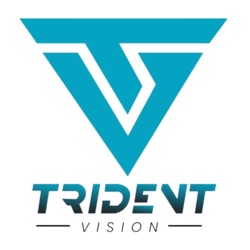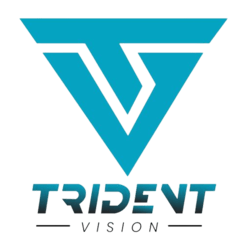When we talk about search engine optimization (SEO), most people immediately think of keywords, meta title, meta description, high-quality backlinks, and content. But there’s another powerful element that often gets overlooked—images. When used strategically, images can significantly boost your SEO rankings, improve user engagement, and even drive more traffic to your website. Let’s explore how you can leverage images to enhance your SEO strategy effectively.
Why Images Matter in SEO
Search engines like Google don’t just crawl text—they also analyze images. In fact, Google Images is the second-largest search engine after the main Google search. High-quality, well-optimized images can appear in image search results, bringing additional visibility to your site. Moreover, images improve user experience (UX) by breaking up long blocks of text, making content more engaging and easier to digest.
Optimizing Images for SEO
Simply adding images to your website isn’t enough. You need to optimize them properly to ensure they contribute to your SEO efforts. Here’s how:
1. Use High-Quality, Relevant Images
Blurry or irrelevant images can harm your user engagement. Always use high-resolution images that align with your content. Original photos perform better than stock images, but if you must use stock photos, choose unique ones that stand out.
2. Compress Images for Faster Loading
Large image files slow down your page speed, which negatively impacts SEO. Use tools like TinyPNG, Compressor.io, or Squoosh to reduce file sizes without losing quality. Aim for WebP format, which offers superior compression compared to JPEG or PNG.
3. Rename Image Files with Keywords
Instead of keeping default names like “IMG_1234.jpg,” rename your files with descriptive keywords. For example, if you’re writing about “best DSLR cameras,” name your image “best-dslr-cameras-for-beginners.jpg.” This helps search engines understand the image context.
4. Add Alt Text (Alternative Text)
Alt text is a brief description of an image that helps search engines interpret it. It also improves accessibility for visually impaired users. Be concise and include your target keyword naturally. For example:
- Bad alt text: “Camera”
- Good alt text: “Nikon D850 DSLR camera with 45MP sensor”
5. Use Descriptive Captions and Surrounding Text
Captions and nearby text provide additional context. Studies show that captions are read 300% more than body text, so use them wisely. Ensure the surrounding content is relevant to the image.
6. Leverage Image Sitemaps
If your site relies heavily on images, submit an image sitemap to Google. This helps search engines discover and index your images faster, improving their chances of ranking in image search results.
Advanced Image SEO Strategies
Beyond basic optimization, here are some advanced tactics to maximize your image SEO:
* Use Structured Data for Images
Implementing schema markup (like ImageObject) helps search engines display your images as rich snippets in search results, increasing click-through rates.
* Optimize for Mobile
With mobile-first indexing, Google prioritizes mobile-friendly sites. Ensure your images are responsive and load quickly on all devices.
* Lazy Loading for Performance
Lazy loading delays loading off-screen images until a user scrolls down, improving page speed. Use the loading="lazy" attribute in HTML for modern browsers.
* Monitor Image Performance
Use Google Search Console to track how your images perform in search. Check the “Images” report to see which ones are getting impressions and clicks.
Common Image SEO Mistakes to Avoid
Even small errors can hurt your rankings. Avoid these common mistakes:
- Overstuffing Alt Text with Keywords – Keep it natural.
- Using Generic Stock Images – They don’t stand out in search.
- Ignoring Image Dimensions – Oversized images disrupt layout and speed.
- Forgetting Copyright Issues – Always use royalty-free or licensed images.
Final Thoughts
Images are a powerful yet underutilized aspect of SEO. By optimizing them correctly, you can improve search rankings, enhance user experience, and even attract traffic from Google Images. Start implementing these strategies today, and watch your organic visibility grow.
Remember, SEO is a long-term game. Consistently applying these image optimization techniques will yield better results over time. Happy optimizing!
About us and this blog
We are a digital marketing company with a focus on helping our customers achieve great results across several key areas.
Request a free quote
We offer professional SEO services that help websites increase their organic search score drastically in order to compete for the highest rankings even when it comes to highly competitive keywords.
Subscribe to our newsletter!
More from our blog
See all postsRecent Posts
- Google now discounts all reciprocal links June 3, 2025
- Incorporation of Company Branding and SEO June 1, 2025
- Strategic Use of Images in Search Engine Optimization June 1, 2025







